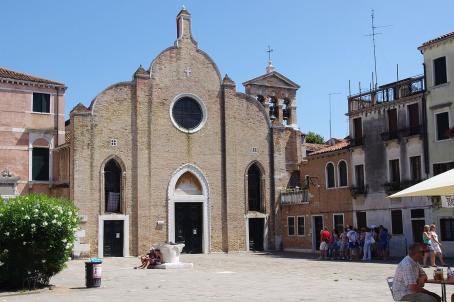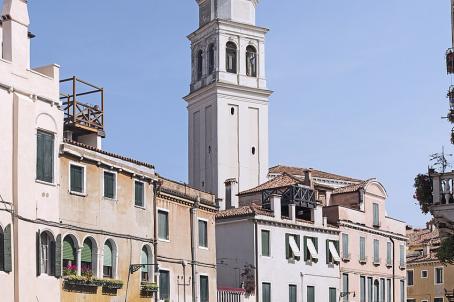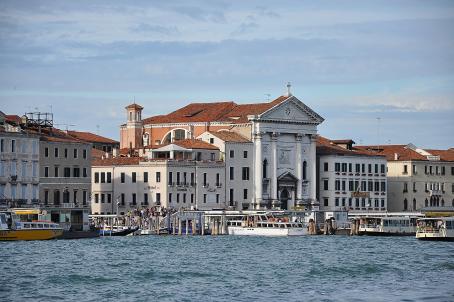Chiesa di San Martino
The church of San Martino probably dates back to the middle of the 8th century. The first reconstruction took place between the 9th and 10th centuries when it adopted the Venetian-Byzantine style, typical of the places of worship of the time. The present building dates from the 16th century and was designed by Jacopo Sansovino.






